Troy ounce of gold: what is it, where is it currently used, why exactly this measure has become a reference - such questions often arise when mentioning the traditional unit of measurement of precious metals. The unusual name often evokes associations with Troy, then with the Trinity. To understand its real origin, you need to study the history of occurrence and weight in grams of a troy ounce, and at the same time learn a little more about how to use this unit of measurement.


What it is?
Troy ounce of gold It is a unit of measurement used in banking, jewelry, cosmetology. It has an exact definition of weight in grams, allows you to get accurate information about the amount of substance. In relation to precious metals, the following notations are used:
- XPD - for palladium;
- XAU - for gold;
- XPT - for platinum;
- XAG - for silver.

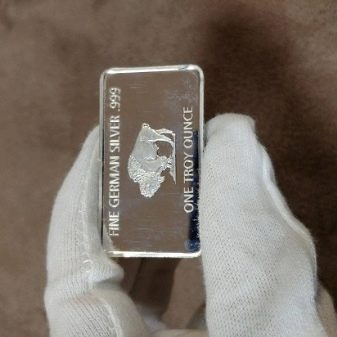
Troy ounce of any of these metals weighs 31,1034768 grams. Such accuracy is very important. It builds the Troy weight system, which includes the Troy pound. This is the name of the British gold pound, which includes exactly 12 such ounces. And also in this system, a measure of 1/480 share of a troy ounce is used - gran.
It is worth noting that before the appearance of this measure of weight, pounds were used in the calculations. They were used in the sale of precious metals and other rare substances: spices, incense. The ancient Roman prototype of the pound - the libra - weighed 327.45 g, and its 12th part was called an ounce.
In England, sterling was in use - silver coins. Their pound weighed about 0.35 kg, and a similar old Russian measure was 410 g.
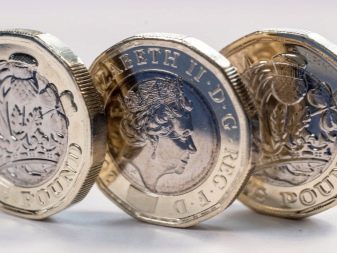

History of occurrence
Troy ounce used as a measure of weight since the fourteenth century. The history of its appearance does not date back to the legendary Troy, but to a completely different city of Troyes in France. Most tourists and travelers know it as the capital of the province of Champagne, where they produce world-famous sparkling wines. In addition, there are many historical monuments from the Middle Ages, and true gourmets visit local fairs to enjoy a special delicacy - sausage based on the giblets of farm animals.
Shopping malls in Troyes have existed since the V century, but they gained special popularity in the XII century. It was during this period that a regular fair was organized here, where traders from all over France and from other European countries came. The first mention of a troy ounce in connection with local trade dates back to 1390 in documents. It was then that the 12th share of the pound appeared its designation - t oz / ozt. This measure of weight was used in the calculation of fees for grain, medicine, lapping and spices.
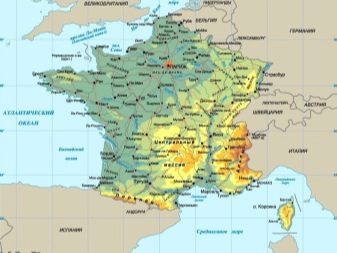

It is interesting that in the 14th century in France, the tradition of having its own metric system for each major trading city was relevant. For example, Toulouse and Celtic pounds were used. The Trois decided that they were no worse than their neighbors. So there was a troy weight system, the basis of which was the French livery, corresponding to 1 pound of silver.
It is interesting that, despite its archaic nature, this method of measurement still remains relevant and reliable, its accuracy is beyond doubt even centuries later. For the first time, a troy ounce was mentioned by such an authoritative source as the Oxford Dictionary. In its issue for 1390, this measure of weight is indicated as a reference for grain trade. And also it was used in pharmacy to determine the dosage of drugs and bulk raw materials.
In the circulation of precious metals, ozt was used due to the fact that coins were minted from silver. After the means of payment received a cheaper composition, a troy ounce continued to be used in the trading of precious metals: palladium, platinum, gold and silver. After the First World War, most countries switched to this system in the calculations. The main calculations were conducted between the USA, Great Britain, South Africa, Australia, Canada, where the Anglo-Saxon units of measure were always in use.
As a result, on exchanges, world prices for precious metals began to be determined in terms of a troy ounce.
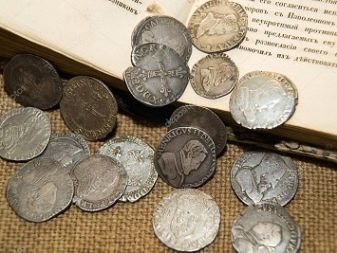

Where is it currently used?
The traditional 14th century metric system is still relevant today. The modern scope of the troy ounce is exchange trading. When setting prices for precious metals since 2015, electronic bidding has been used. Within the framework of the auction, changes occur twice during the day according to GMT: at 10-30 and 15 hours.
Until that time, from 1919 to 2015, only 5 monopolistic companies engaged in the production and trading of gold bars were involved in pricing. Today, representatives of 13 accredited states are allowed to bid, Russia is not included in their number.
Using a troy ounce makes it possible to unify world prices for gold and silver, palladium and platinum - the main investment metals. Changes in its price affect the assessed value of the so-called metal accounts, within which the invested funds are transferred to precious metals. Ozt shares also measure the weight of coins issued by central banks of various states.
For example, in the USA, gold coins were minted. Their face value of 50 USD was the standard, equal to 1 troy ounce by weight. With a decrease in the amount, the measure was also shared. For example, a gold coin of 5 USD was valued at 1/10 ozt.
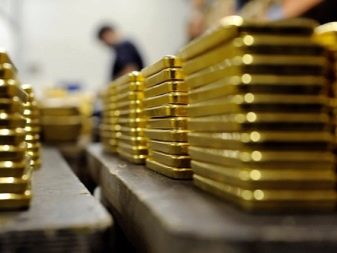

In Russia, the Anglo-Saxon measuring system did not take root largely due to the lack of the ability to influence the cost of a troy ounce. This designation is found only in banking and investment spheres; it is used for internal use.But even when converted into grams, the mass of precious coins minted in the Russian Federation still corresponds to shares or the whole ozt. For example, a silver three-ruble coin weighs 31.5 g, contains 31.1 g of pure noble metal. That is, it is consistent with the definition of a troy ounce.
In cosmetology, this measuring system is also still relevant. It is used for particularly valuable solid or bulk ingredients. In this, the market has not changed much since the time of the fairs in Troyes.
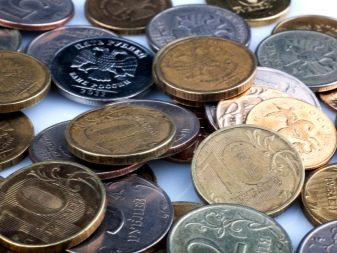

The following video presents 10 interesting facts about gold.










